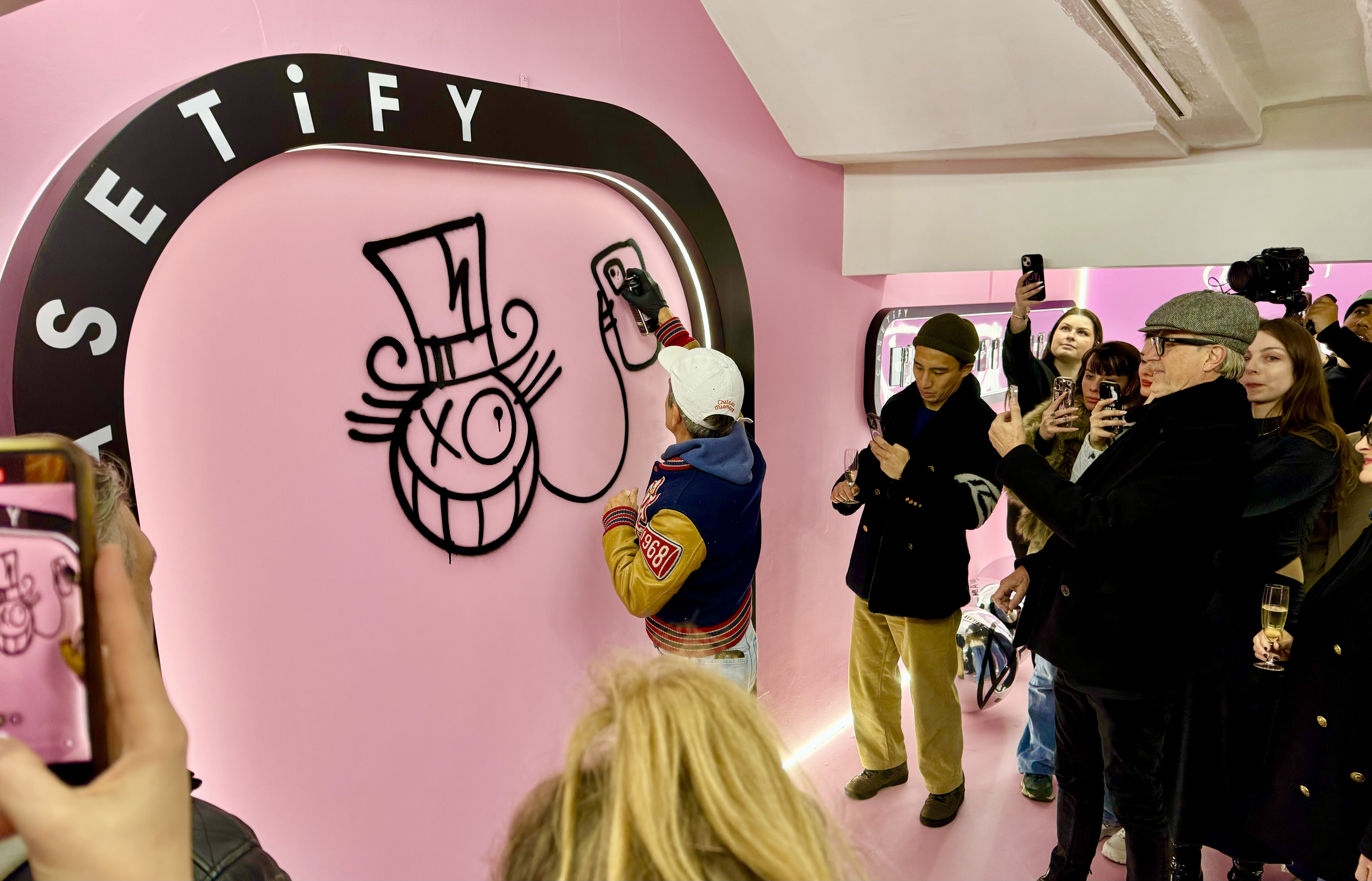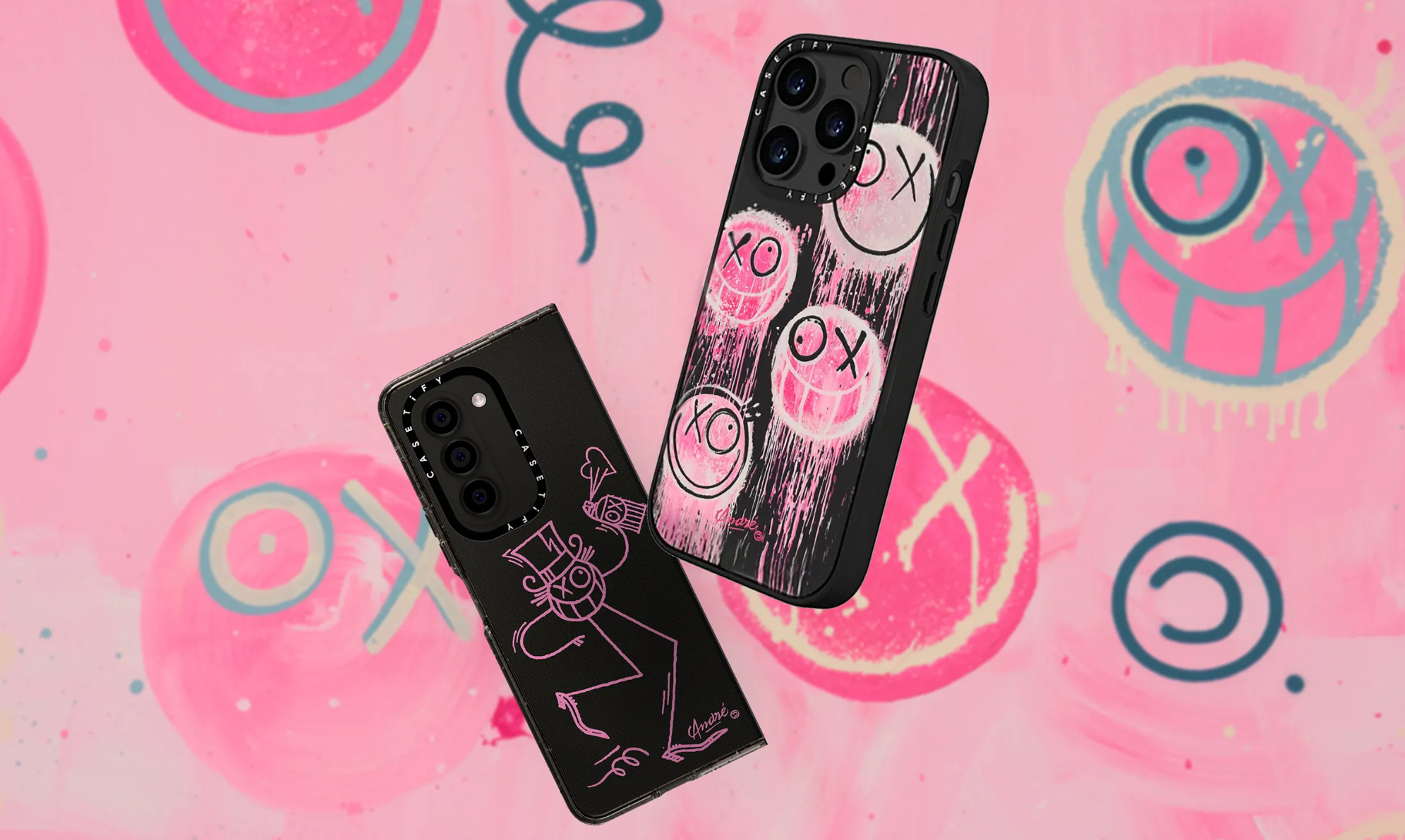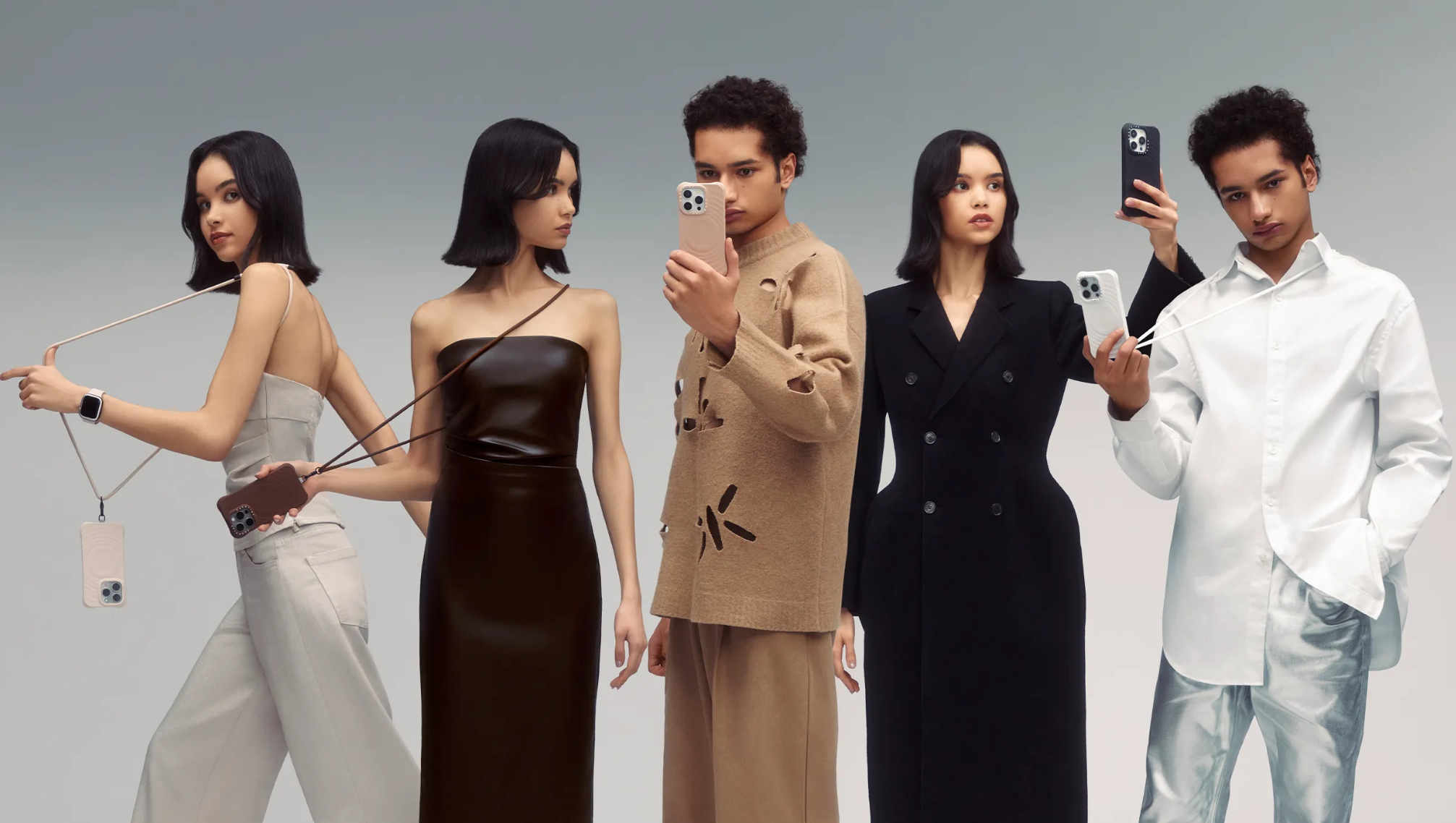For many, the humble phone case is little more than a utilitarian piece of plastic designed to protect the thing they really care about – the phone itself. In short, it’s a necessary evil. But if there’s one brand challenging this perception, it’s CASETiFY.
Founded in 2011, the Hong Kong-based brand has become synonymous with fun and personalised tech. Back then, it was all about Instagram, with the ability to use own’s own grid images as a case offering a unique selling point. Since then, the brand has branched into all manner of artist collaborations, most recently with André Saraiva, the street artist behind ‘Mr A’, a stick character which as appeared across the streets of Paris and beyond. The collaboration includes cases for various smartphones, tablets, laptops and even AirPods. (In the market for new gear? Check out the best iPhone cases available now.)
We caught up with Wesley at the Paris launch of CASETiFY’s new range of products created in collaboration with Saraiva, to talk about the company’s roots in art and design. It turns out creative expression has been part of CASETiFY’s DNA from the start. “I started this company, like, 11 years ago,” Wesley told Creative Bloq. And before that I was, I was a web designer. Because I’m designer by trade, art and design are the foundation and core values at CASETiFY.”
“When I first started the company, I looked at the market, and I couldn’t find a phone case that I like. Everything was bulky and boring, with a bad design. So I thought, wouldn’t it be great if I could create something that can provide protection and not look boring? Something more than just a protective plastic, but rather a canvas for expression.”

But even after over a decade of CASETiFY’s presence on the accessory scene, there are still many who’d rather, as it were, ’go naked’. With so much fanfare given to the supposedly beautiful and intricate design of today’s smartphones by the likes of Apple, is it understandable that many don’t want to place a protective shell over their expensive gear? “It’s more than a protective shell,” Wesley insists. “It’s a canvas for personal expression. If you’re into art, you can show that. If you’re into football, you can show that. It’s your personal billboard.”

“The way I see it, it’s even more important than jewellery or other fashion accessories. Because you’re unlikely to wear the same earring or necklace every day, but you would definitely use your phone every day. So it’s become part of you. It’s a new category of fashion accessory altogether.”

And Wesley thinks the market can only get bigger, even though smartphone innovation has arguably slowed in recent years. “Sure,” he says, “if you look at the rate of phones made, it’s slowing down. But then if you look at the way people choose their accessories, that’s still growing. People are seeing them less as utilities and more of a choice – a stylistic approach.
But while the smartphone bubble might be bursting, we’ve seen all manner of weird and wonderful new tech arrive in the last few months, from Apple’s Vision Pro headset to less definable oddities like the Rabbit R1. When it comes to the former, shortly after Vision Pro was announced, CASETiFY was one of the first accessory brands to reveal a bunch of colourful straps and cases, opening up a world of customisation options. Will CASETiFY be able to adapt to whatever silicon valley dreams up next? “There’s a case for everything,” Wesley smiles.